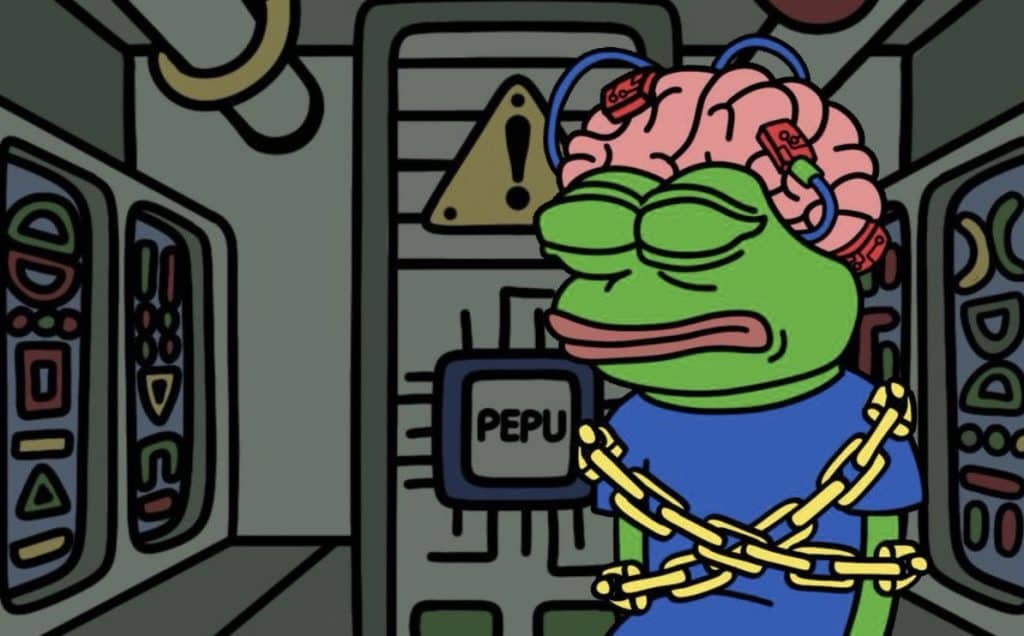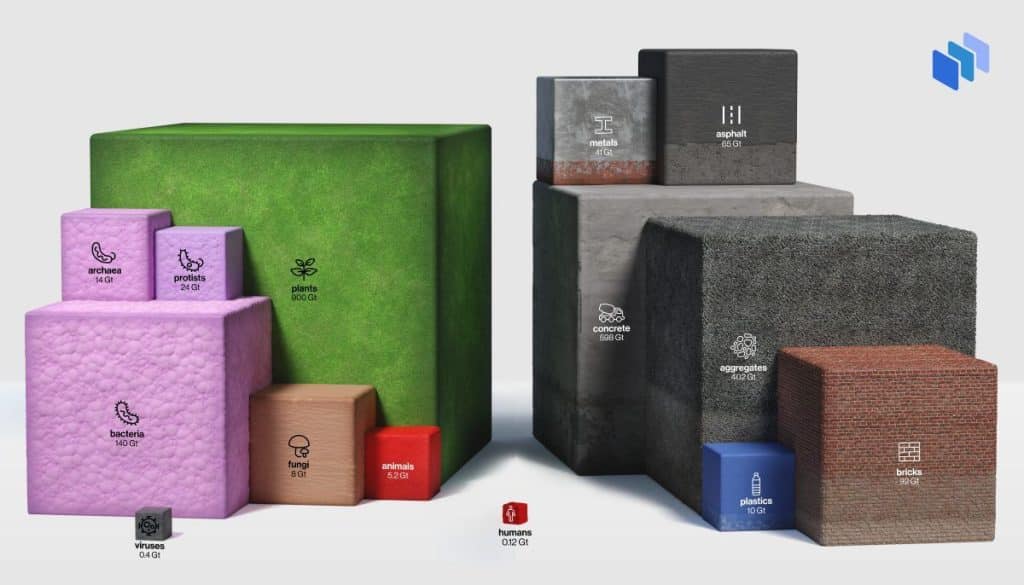The US Federal Trade Commission (FTC) and Department of Justice have filed a lawsuit against Adobe for allegedly making it too difficult to cancel subscriptions.
Officials alleged that Adobe and two executives, Maninder Sawhney and David Wadhwani, steered Creative Cloud users toward the “annual paid monthly” subscription without properly warning them that it costs 50% of the remaining monthly payments to cancel in the first year. People could miss the “buried” early termination fee (ETF) disclosures, leading them to pay hundreds of dollars.
The FTC also said in the lawsuit that Adobe would supposedly “ambush” subscribers with the ETF to discourage them from cancelling, and that the process itself required going through either “numerous pages” online or stiff opposition from phone agents.
There have been complaints to the FTC and the Better Business Bureau about the practices, according to the Commission. Adobe has purportedly been aware of customer headaches, and in some cases continued to charge customers who thought they’d cancelled service.
The lawsuit could hit Adobe with unspecified fines for violations of the Restore Online Shoppers’ Confidence Act (ROSCA) as well as ban the company from continuing its behavior.
Adobe rejected the FTC’s position in its response. It argued that it was “transparent” with Creative Cloud subscription agreements and had a “simple” cancellation process. It planned to fight the allegations in court.
Adobe originally offered Photoshop, Premiere and other creative programs as one-time purchases. In 2012, however, it switch to a subscription model. Like other software-as-a-service providers, its strategy was straightforward: it got a recurring source of income in exchange for keeping users’ apps perpetually up to date.
This has advantages for creatives who either can’t justify the upfront cost or want continuously updated features. However, it also complicates matters for customers who only want Creative Cloud apps for a certain amount of time, or decide mid-subscription that the offering isn’t for them. They can’t simply drop a subscription and walk away with little trouble.











